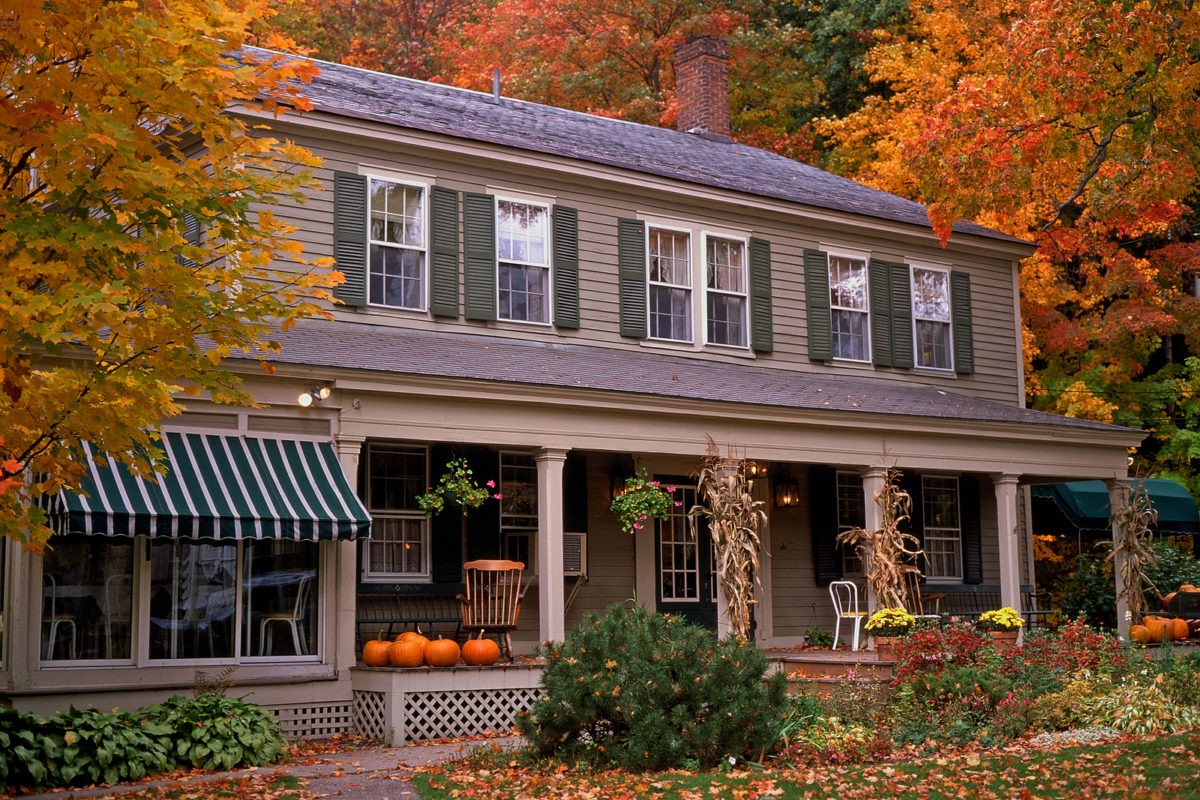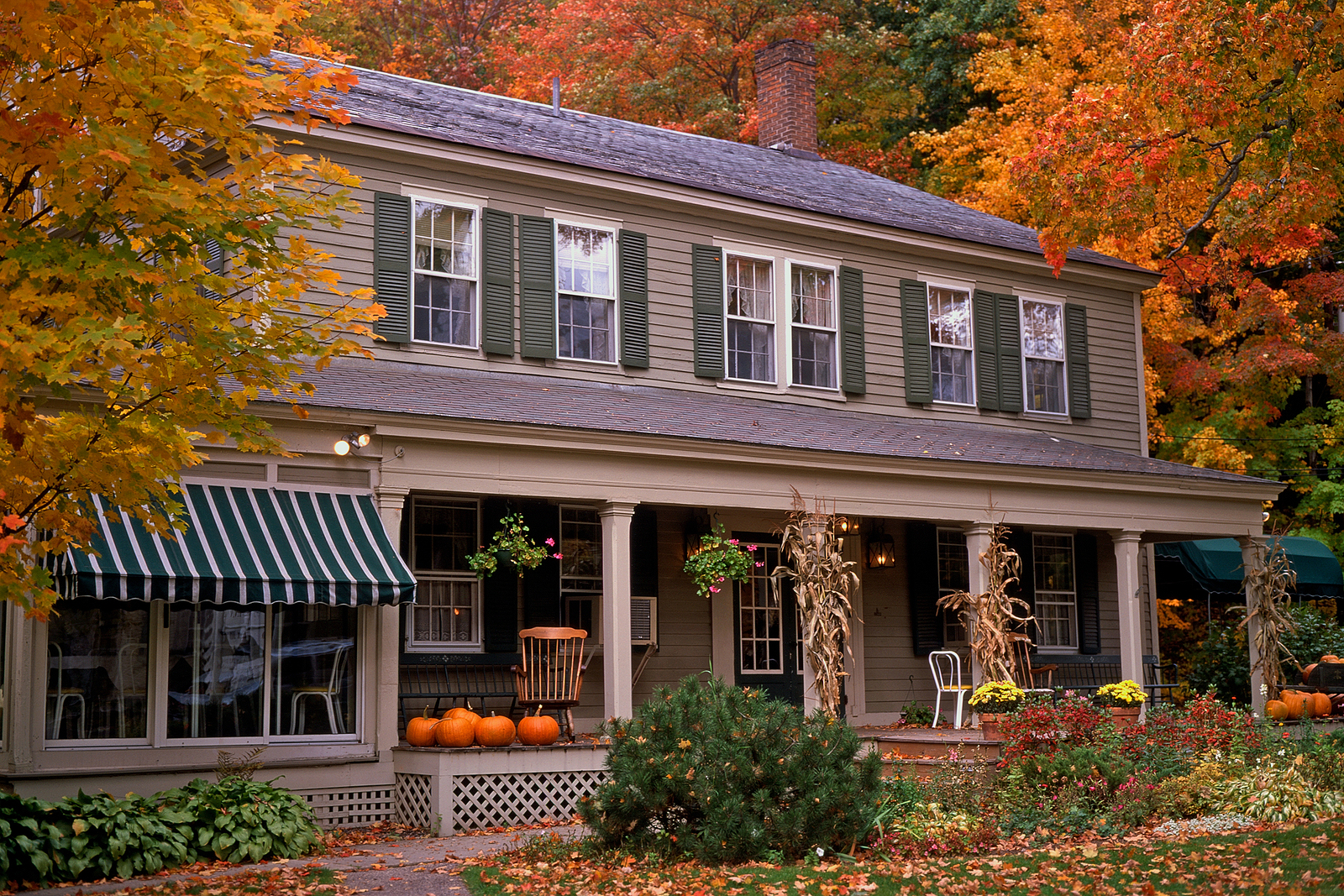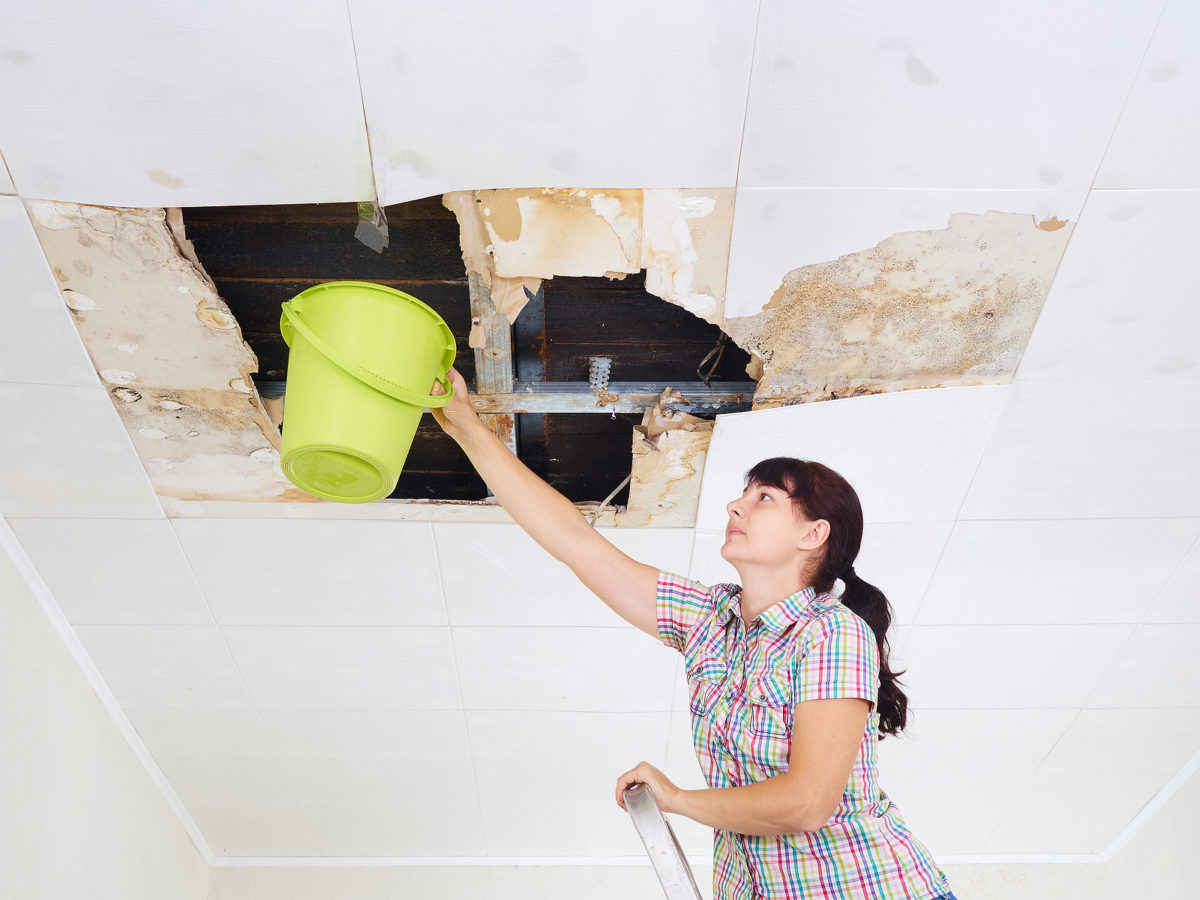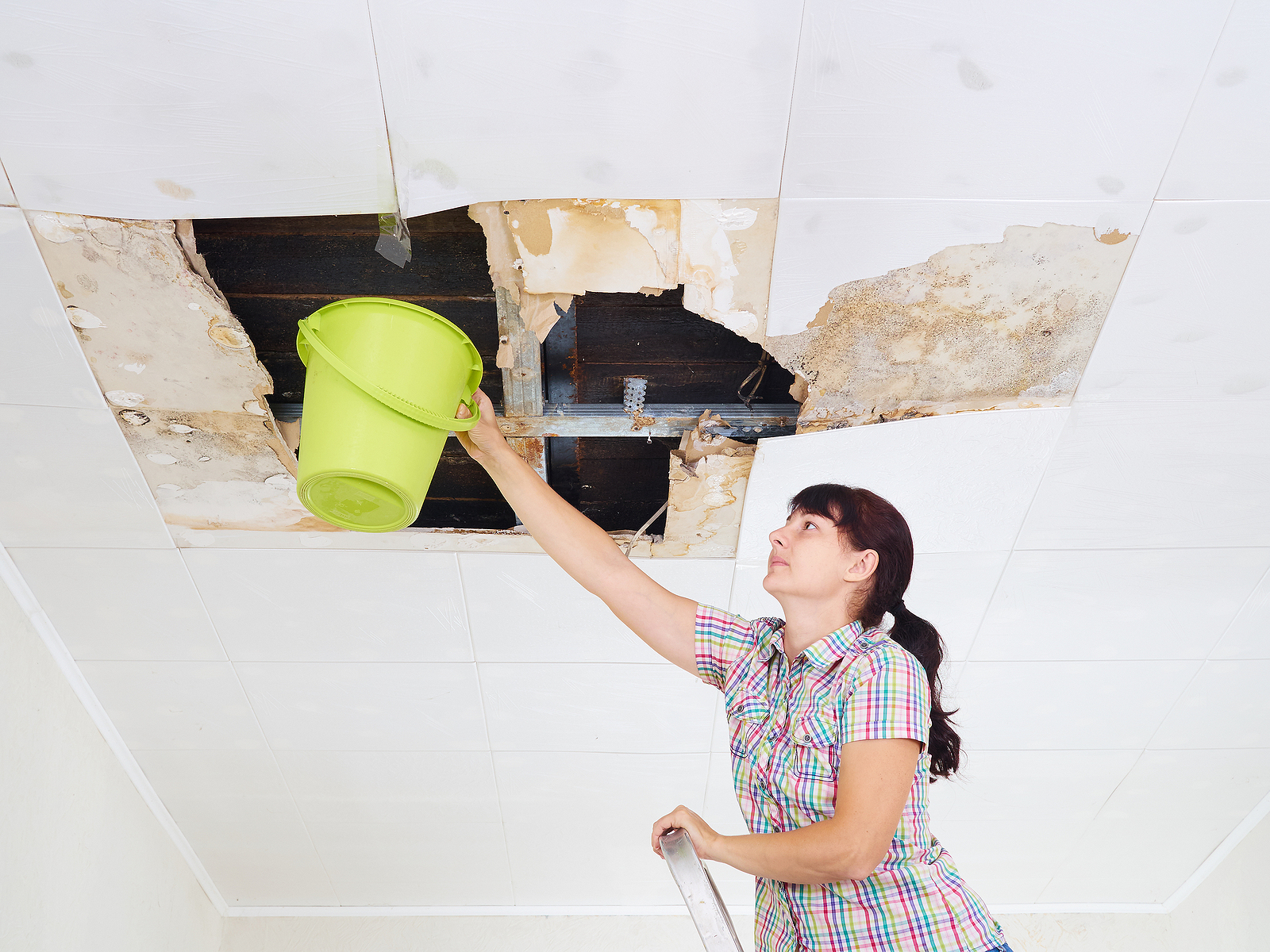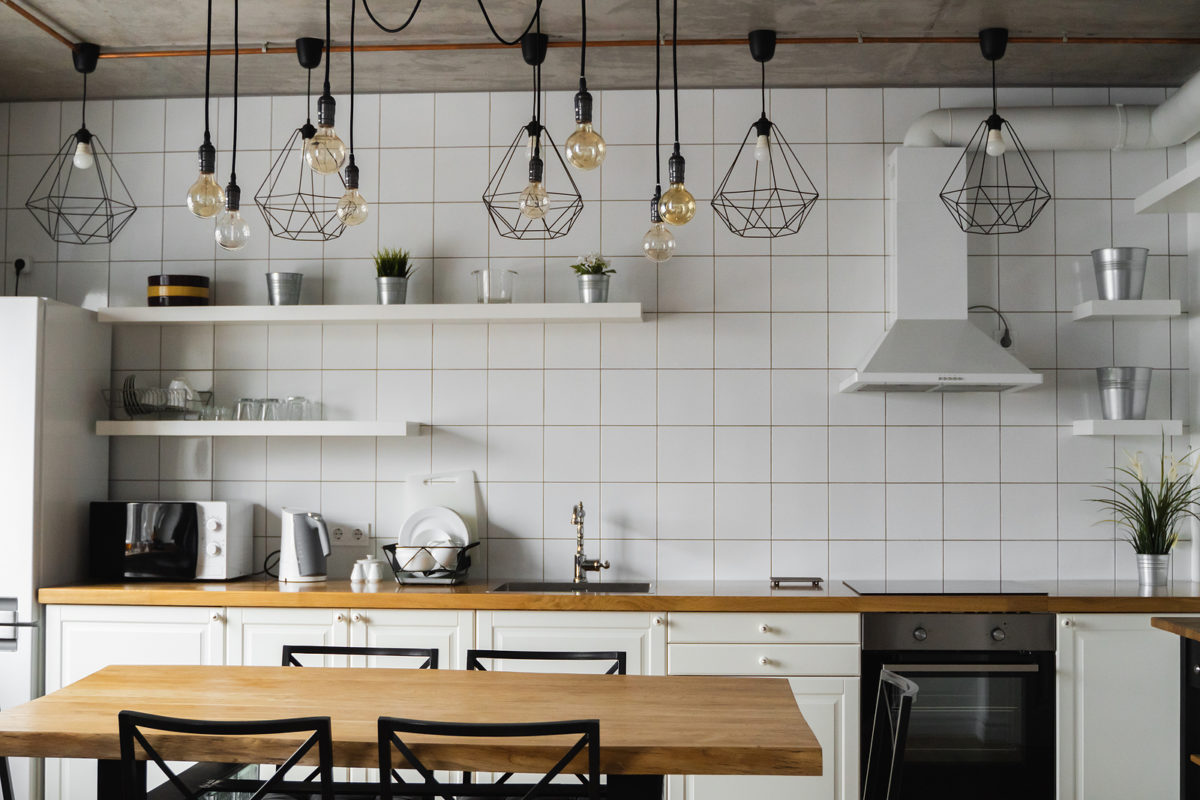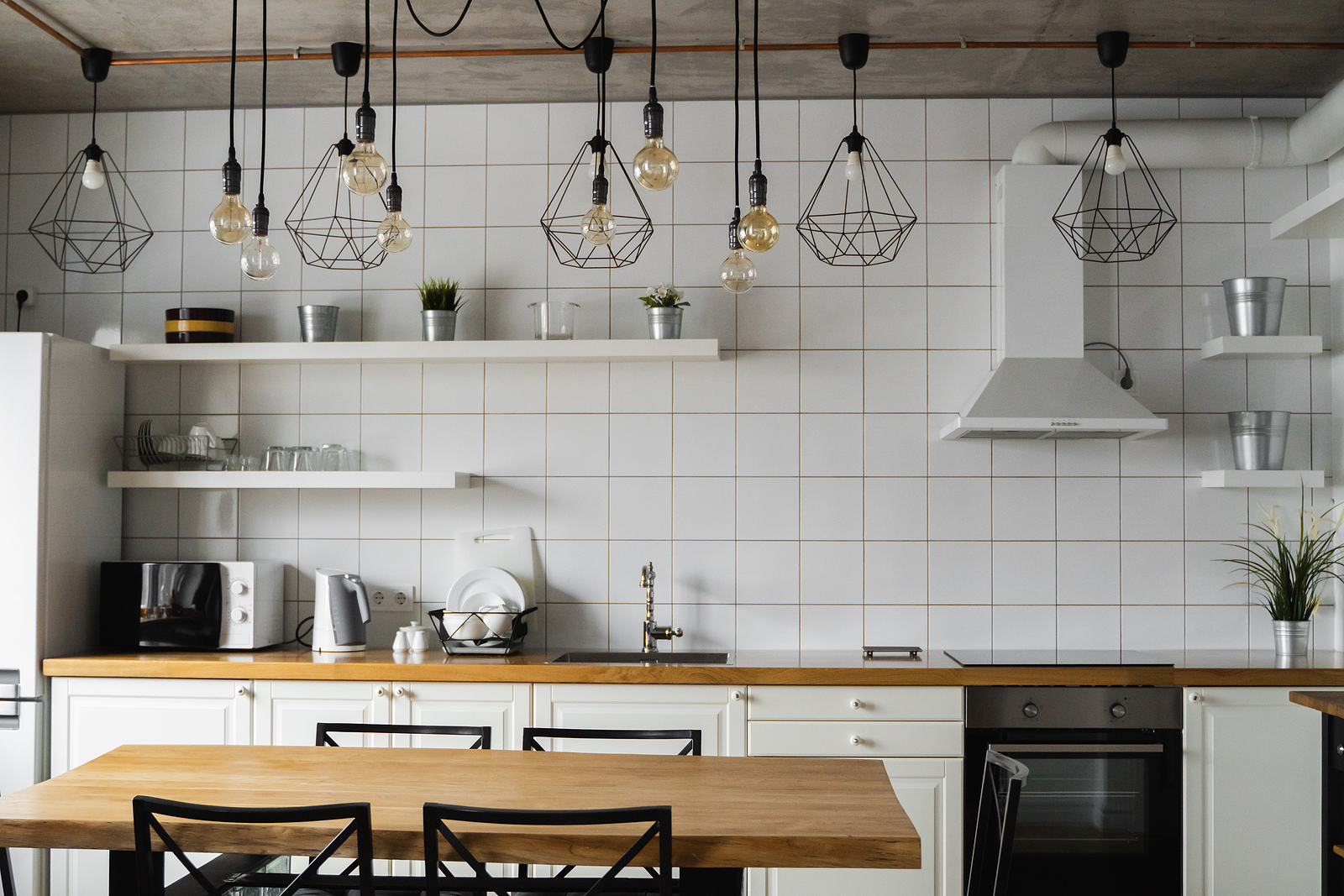Wouldn’t it be great if high schools and colleges actually taught real-world concepts? The phrase “Kids don’t come with an owner’s manual” wouldn’t exist and first-time homebuyers would understand the ins and outs of the process completely. We can’t help you with the kid stuff but you’ve come to the right place to learn the basics of buying a home.
How many homes are for sale?
The inventory of homes available to you will depend on the time of year that you shop for a home and the current market conditions. Homeowners sell homes all year, regardless of the season. That said, more homes are listed in spring and summer than in fall and winter.
The condition of the current housing market bears heavily on the area’s inventory of available homes. When there are lots of other buyers in the market and few homes for sale, we are in a sellers’ market.
This happens for a number of reasons, but the most common is the economy. Low interest rates bring lots of homebuyers to the market, which tends to heat up fast. Home prices begin to rise because of supply and demand.
During a buyers’ market, on the other hand, lots of folks decide to sell their homes yet few are willing to buy. Again, the economy has much to do with this.
Emotions are for tear-jerker movies, not houses
Every day during the course of business, I watch people fall in love with houses. Sometimes it’s an irrational type of love, wasted on a home that is nothing even remotely resembling what they say they want.
At other times, my client has found the “dream home,” and, because of emotions, caution flies right out the window.
The best way to approach the purchase is as an investment. After all, homes offer dual advantages – both as shelters and as investment vehicles.
This is a lot of money you’re about to spend so the least emotional you can be during the process, the better for your pocketbook.
Please excuse my dear Aunt Sally
Algebra – remember trying to learn that one? The reason it’s so challenging for some people is that human beings have a tendency to want to take short cuts.
Sometimes this tendency leads us to success, but at others, like when we try to do the addition portion of an algebraic equation before the multiplication, it dooms us to failure.
The acronym for the home-buying process would be far too long to mess with so, consider the following akin to PEMDAS for algebra.
- Save money for the down payment and closing costs.
- Get your finances in order. Look at income and outgo. Determine your DTI (visit ConsumerFinance.gov to learn more), check your credit and fix any problems with it.
- Get a loan preapproval letter.
- Choose some neighborhoods that you like and can afford to purchase a home in.
- Decide what you want in a home and compile a wish list.
- Hire a real estate agent (there is no cost to you; the seller pays the agent’s commission).
- With your agent, view homes for sale.
- Make an offer (based on current market conditions).
- When you submit an offer to purchase, closely follow the timelines in the contract (we’ll help you with this).
- Have the home professionally inspected.
- Buy homeowner insurance.
- The final walk-through.
- Closing.
Remember, house hunting isn’t a contest, nor is it a race. The ideal home for you is out there and it may take some time to find it. But if you prepare for the purchase, keep your emotions in check and follow the steps, you will be successful.
So, relax; we’ll be beside you the entire time.




